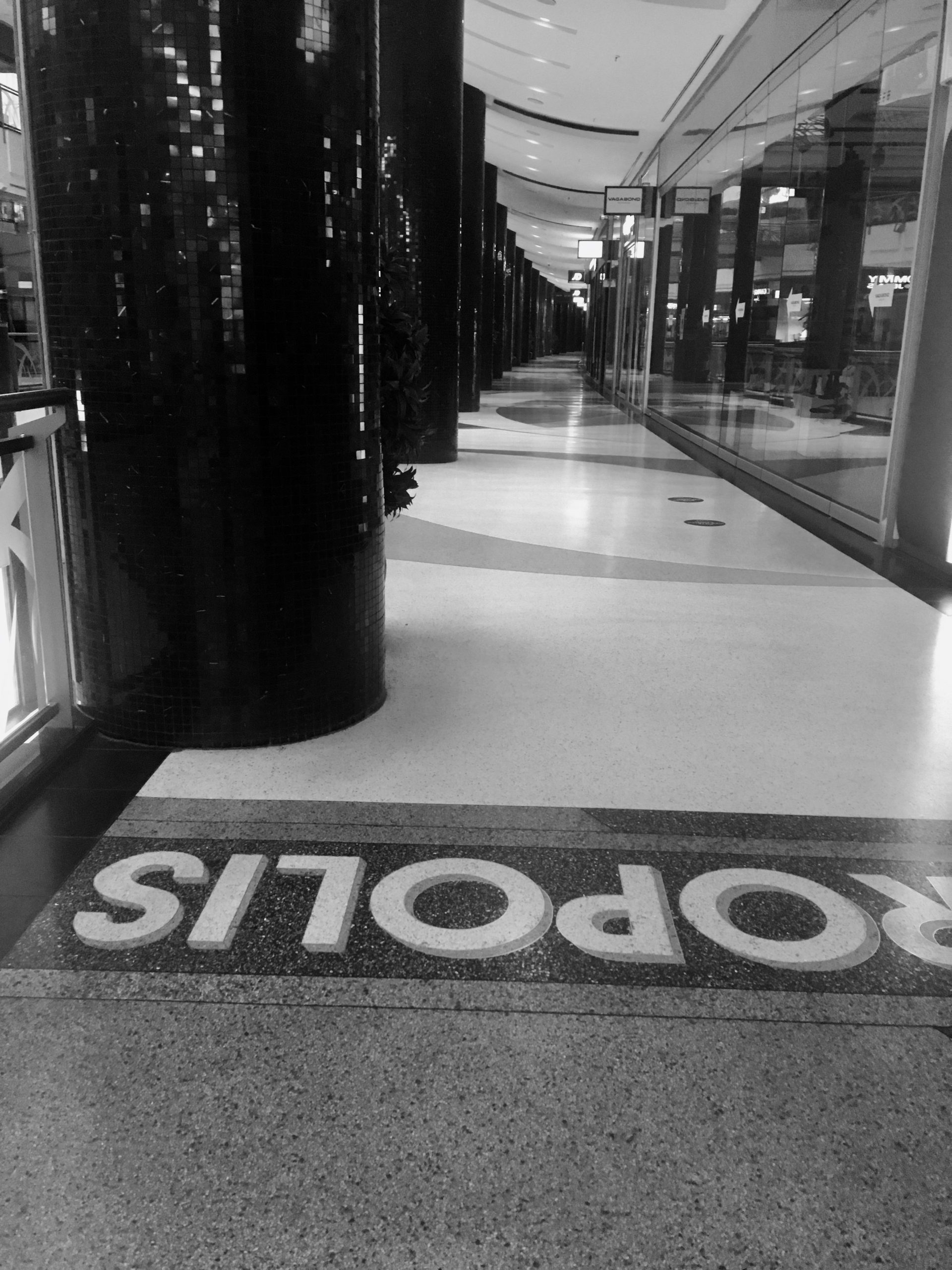taken from tranversal
Elie Ayache, a trader and a ‘philosopher of the market’, explains that the prices of the derivatives[1] that circulate on the financial market are ‘real’, in the sense that they have the same ‘reality’ of those future contingent events on whose actualization they depend. Giving a price to financial derivatives is therefore a way of playing with the future, or with the virtual. Since rhythm, or the emerging of an unknown virtuality in the market, is something risky, volatility is used as an instrument to measure it, to metricise it, in order to obtain a quantitative modelling of all the curve’s jumps.[2] This way of working, nevertheless, has weak ontological foundations, as it relies on a set model of all possibilities calculated beforehand. Value (price) is thus calculated as a mathematical proof to rationalize highly improbable events.
Yet, Ayache argues, the very fact of trading in the market means that prices constantly vary from the theoretical value originally assigned to a derivative: if everybody knew the value from the start, there would be no reason to play the game.[3] Pricing models are therefore only there in order to be overcome, otherwise the market would not exist. But the ‘residuum’ existing or persisting above or below probability is the market itself, the medium of contingency, which is not to be considered as a mere exception or an accident that ruins the model. The virtual (the market) is nothing else than a future contingent event, real before becoming actual. “In a way, the price is already in the middle of the event; it is real, … only it is translated (literally dragged in space) to a place that occurs “prior” to the event. … As a matter of fact, the price, or the market, is the virtual we are talking about, or the reality of the event that “precedes” its actuality” (Ayache 2015: 35).
Elie Ayache, Wertpapierhändler und ‚Philosoph des Markts‘, erklärt, dass die auf dem Finanzmarkt zirkulierenden Derivatspreise[1] im Sinne einer mit zukünftigen kontingenten Ereignissen geteilten ‚Realität‘, von deren Aktualisierung sie abhingen, ‚real‘ seien. Finanzderivaten einen Preis zu geben, heißt, mit der Zukunft oder mit dem Virtuellen zu spielen. Da Rhythmus oder das Auftauchen einer unbekannten Virtualität am Markt etwas Riskantes sind, wird die Unbeständigkeit als Mess- und Metrisierungsinstrument herangezogen, um eine quantitative Modellierung aller Kurssprünge zu erhalten.[2] Eine solche Vorgehensweise verfügt jedoch über schwache ontologische Grundlagen, da sie auf einem festgelegten Modell aller vorher berechneten Möglichkeiten basiert. Der Wert (Preis) wird daher als mathematischer Beweis kalkuliert, um höchst unwahrscheinliche Ereignisse zu rationalisieren.
Ayache argumentiert allerdings, dass gerade die Tatsache des Handelns am Markt bedeute, dass die Preise sich vom theoretischen Wert unterscheiden, der zu Beginn an das Derivat gebunden war: Wenn alle von Beginn an den Wert kennen würden, dann gäbe es keinen Grund, das Spiel zu spielen.[3] Preismodelle existierten daher nur, um überwunden zu werden, ansonsten würde der Markt nicht existieren. Doch das unterhalb oder oberhalb der Wahrscheinlichkeit existierende und fortbestehende „Residuum“ sei der Markt selbst, das Medium der Kontingenz, die nicht als das Modell torpedierende bloße Ausnahme oder als Zufall betrachtet werden dürfte. Das Virtuelle (der Markt) sei nichts anderes als ein kontingentes zukünftiges Ereignis, real, bevor es „aktual“ werde. „Auf gewisse Weise ist der Preis schon in der Mitte des Ereignisses, er ist real, […] er ist lediglich an einen Ort übertragen (buchstäblich im Raum verschoben), der ‚vor‘ dem Ereignis geschieht […]. In der Tat sind der Preis oder der Markt das Virtuelle, von dem wir hier sprechen, oder die Realität des Ereignisses, die ihrer Aktualität ‚voraus ist‘“ (Ayache 2011: 35).
read here
Foto: Sylvia John

